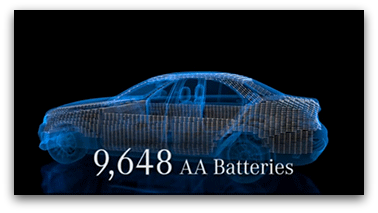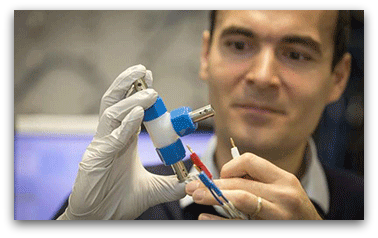 There may soon be a shift in the transportation sector, where traditional fossil fuel-powered vehicles become a thing of the past and electric vehicles start on their rise to dominance.
There may soon be a shift in the transportation sector, where traditional fossil fuel-powered vehicles become a thing of the past and electric vehicles start on their rise to dominance.
In fact, we may be seeing that shift already. Last year, battery prices fell 35 percent, which contributed to the 60 percent increase in sales of electric vehicles. If that growth continues along the same path, electric vehicles have the potential to displace oil demand of two million barrels a day as early as 2023.
The key technology at the heart of these vehicles is energy storage. Whether it be the lithium-ion, lithium-air, or fuel cells – electric vehicles depend on affordable, highly efficient electrochemical energy storage to operate.
But what if the future of these vehicles depend on a different type of energy technology?
Saturday Night Live recently made a play on the future of electric vehicles by imagining a world where cars didn’t run off of a singular, efficient battery — but rather tons of AA batteries.
Check out what a car powered entirely out of AA batteries could look like.





